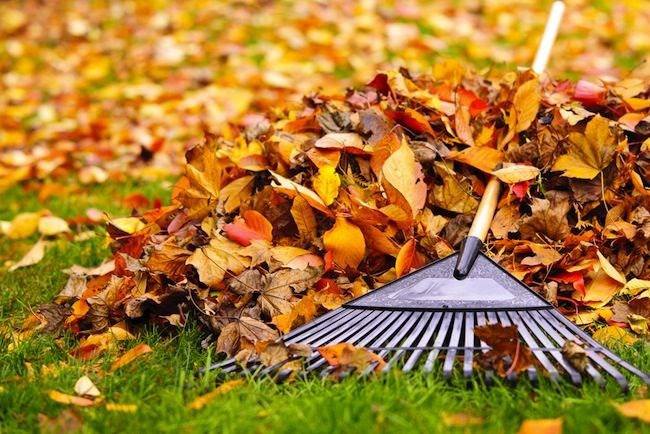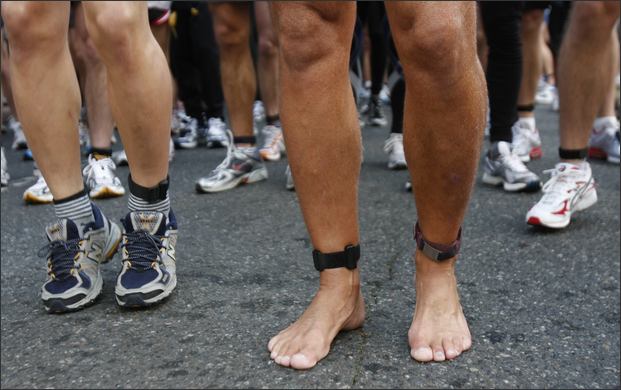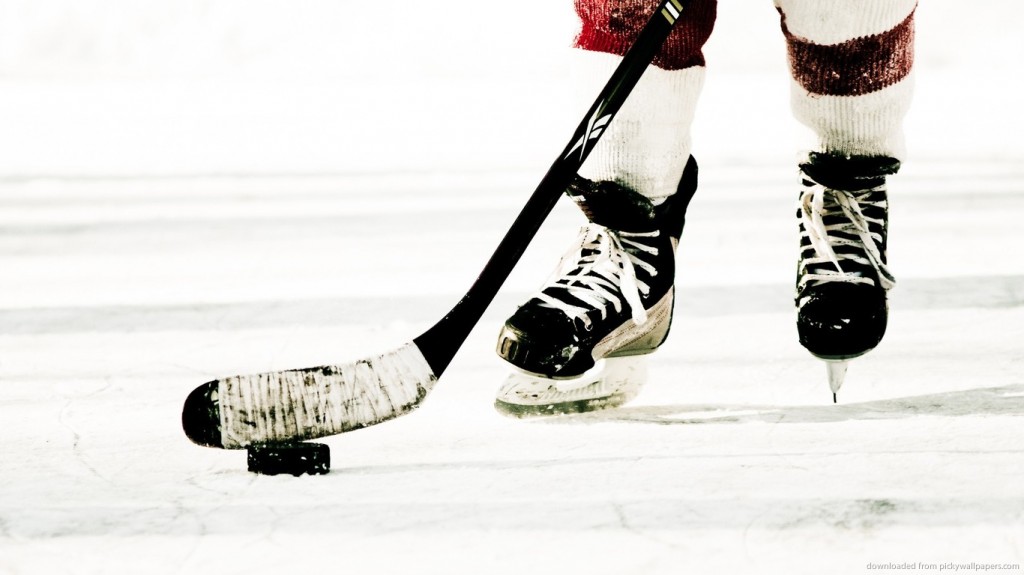Fall is a beautiful time of the year when the leaves turn color and in the Pacific Northwest, it is sometimes also wet because of the rain. Preparation and taking a common-sense approach to raking the beautiful leaves is important and raking requires a number of different activities, including twisting, bending, lifting, and reaching, that use several different muscle groups. Improper use of lawn tools along with the potential for tool-related accidents further compounds the risk of injury to the bones and muscles.

Raking leaves is a vigorous exercise, and you need to warm up for at least 10 minutes with some stretching and light exercise. You also need to:
—Do some form of light exercise (such as walking) for 10 minutes to warm up the muscles before raking or other yard clean-up
—Use a rake that’s comfortable for your height and strength. Wear gloves or use rakes with padded handles to prevent blisters. If you have a rake that is too short you will have to bend over which will cause strain on your back. It is the repetitive movement in raking, not the weight that can strain the muscle.
—Don’t wear hats or scarves that interfere with vision and beware of large rocks, low branches, trees stumps and uneven surfaces.
—Alternate your leg and arm positions often. When you pick up piles of leaves, bend at the knees, not the waist. Use your legs to shift your weight rather than twisting your back. Do not throw leaves over your shoulder or to the side while raking as this involves twisting movements that can overly strain the muscles in your back. As a reminder from Dr. Shapiro, “Take care of your shoulders and use more bags, filled ¾ full. Lifting and throwing heavy, wet bags is a common way to hurt your shoulders and neck.”
—Wet leaves can be slippery. Wear shoes or boots with slip-resistant soles.
—Don’t overfill leaf bags, especially if the leaves are wet. To avoid back injury, you should be able to carry the bags comfortably.
—When raking, don’t throw leaves over your shoulder or to the side, because that kind of twisting motion places too much stress on the back.
—Don’t overdo it. Raking is an aerobic activity – you may need to take frequent breaks or slow your pace if you are an infrequent exerciser.
If you do experience a new strain or sprain, proper care can be easily remembered by using the acronym, RICE:
- Rest (minimize movement of the injured body part)
- Ice (apply a cold pack)
- Compression (light pressure wrap to the affected body part can help minimize leakage of blood and swelling)
- Elevation (raise the body part up so that the pressure from the blood and tissue swelling the affected area is reduced as the fluids drain from the area by gravity)
If you do experience an injury during your Fall clean-up, call Orthopedic Specialists of Seattle and make an appointment to see one of our expert doctors.



